Kluczowe dokumenty
806536
APN-Maleimide
Synonim(y):
3-(4-(2,5-dioxo-2,5-dihydro-1H-pyrrol-1-yl)phenyl)propiolonitrile, MAPN
About This Item
Polecane produkty
Formularz
powder
Poziom jakości
temp. przechowywania
2-8°C
ciąg SMILES
N#CC#CC1=CC=C(N2C(C=CC2=O)=O)C=C1
InChI
1S/C13H6N2O2/c14-9-1-2-10-3-5-11(6-4-10)15-12(16)7-8-13(15)17/h3-8H
Klucz InChI
CHKKXKRQICWZFF-UHFFFAOYSA-N
Zastosowanie
Uwaga dotycząca przygotowania
- Dissolve the protein in the appropriate buffer* with pH 6.5-9.0 (e.g. PBS) at 1-10 mg/mL concentration.
- Apply the appropriate amount of the stock solution of the reagent (1-5 molar eq. per free cysteine residue).
- Incubate at room temperature for 10 minutes.
- If necessary, purify the protein-APN conjugate using size exclusion chromatography or ultrafiltration.
- The conjugate can be readily coupled with thiol-containing substrates by incubating the components in aqueous buffer (pH 6.5-9.0) at ambient temperature for 2 hours.
Hasło ostrzegawcze
Warning
Zwroty wskazujące rodzaj zagrożenia
Zwroty wskazujące środki ostrożności
Klasyfikacja zagrożeń
Acute Tox. 4 Oral - Eye Irrit. 2 - Skin Irrit. 2 - STOT SE 3
Organy docelowe
Respiratory system
Kod klasy składowania
11 - Combustible Solids
Klasa zagrożenia wodnego (WGK)
WGK 3
Temperatura zapłonu (°F)
Not applicable
Temperatura zapłonu (°C)
Not applicable
Wybierz jedną z najnowszych wersji:
Certyfikaty analizy (CoA)
Nie widzisz odpowiedniej wersji?
Jeśli potrzebujesz konkretnej wersji, możesz wyszukać konkretny certyfikat według numeru partii lub serii.
Masz już ten produkt?
Dokumenty związane z niedawno zakupionymi produktami zostały zamieszczone w Bibliotece dokumentów.
Klienci oglądali również te produkty
Nasz zespół naukowców ma doświadczenie we wszystkich obszarach badań, w tym w naukach przyrodniczych, materiałoznawstwie, syntezie chemicznej, chromatografii, analityce i wielu innych dziedzinach.
Skontaktuj się z zespołem ds. pomocy technicznej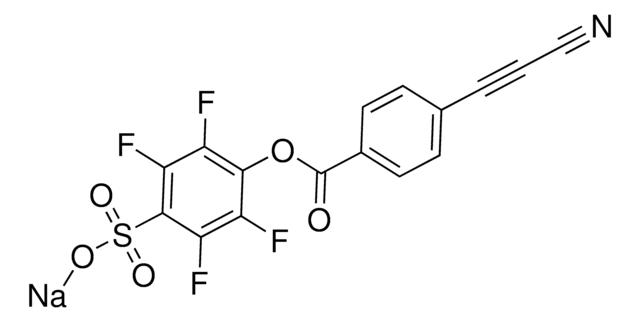
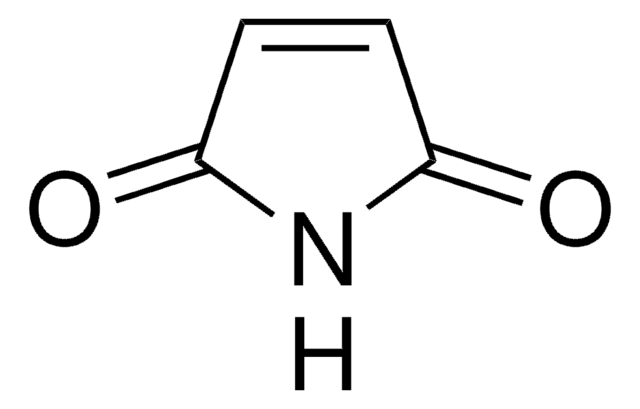
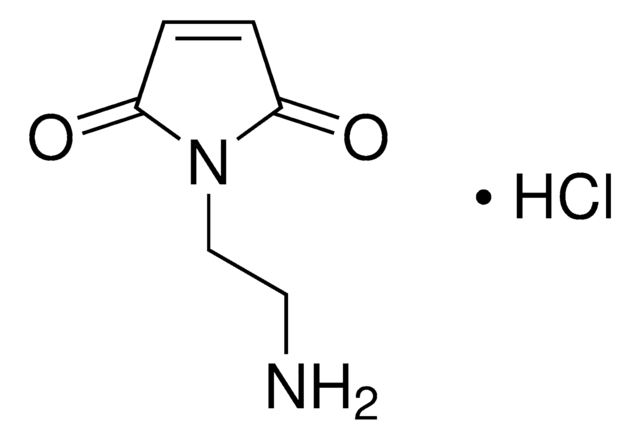

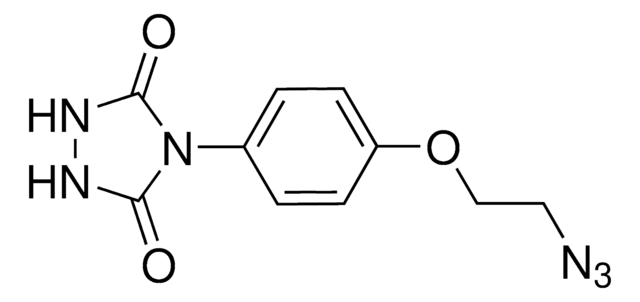
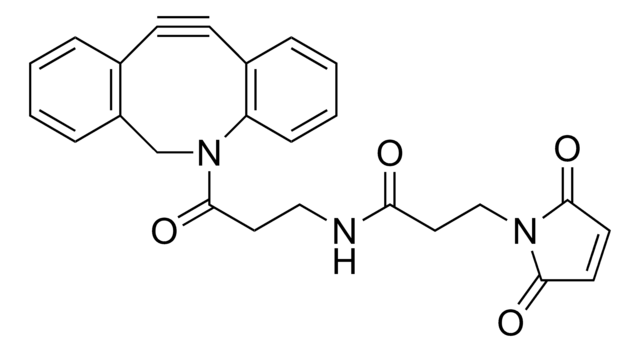
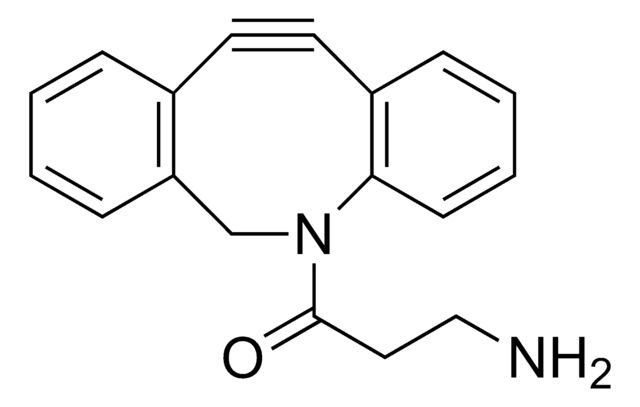
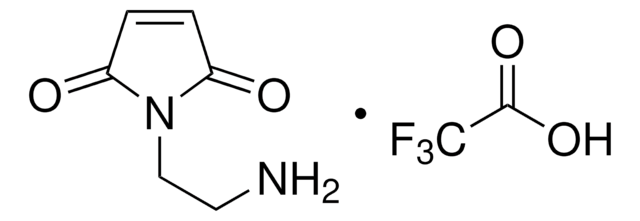



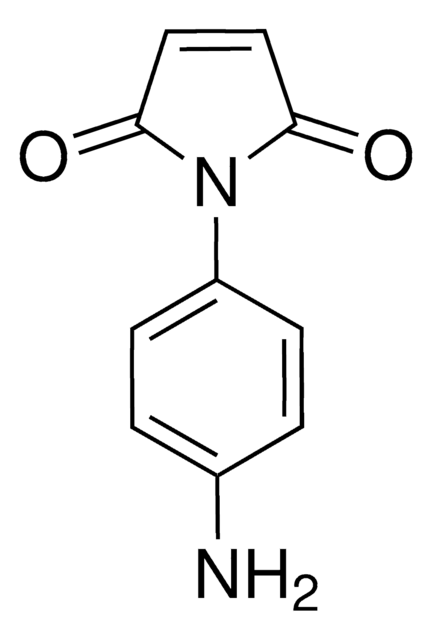

![(1R,8S,9s)-Bicyclo[6.1.0]non-4-yn-9-ylmethyl N-succinimidyl carbonate for Copper-free Click Chemistry](/deepweb/assets/sigmaaldrich/product/structures/969/022/d6776082-2f7a-47c7-bcd4-3830dac0fb7d/640/d6776082-2f7a-47c7-bcd4-3830dac0fb7d.png)